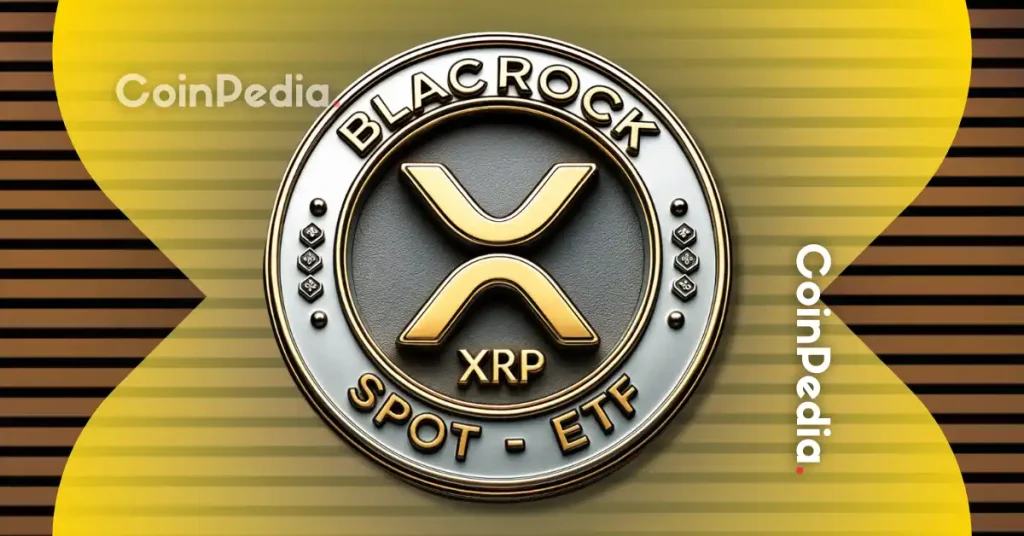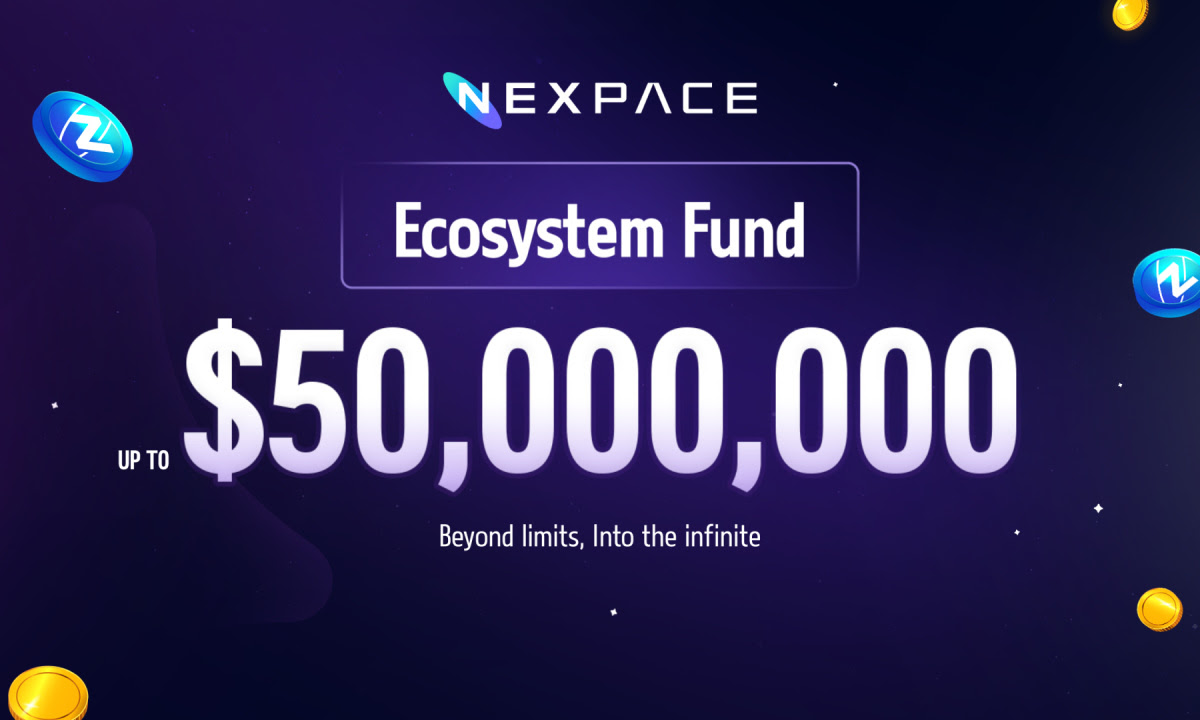As the crypto market experiences volatility in late 2025, Bitcoin miners are bracing for a confluence of formidable challenges that threaten to reshape the industry’s landscape heading into 2026. The halving event of 2024, coupled with escalating energy costs, intensifying regulatory scrutiny, and a constantly evolving technological frontier, demands strategic foresight and robust operational resilience from even the most established players. Understanding these pressures is critical for investors and industry participants alike.
The Post-Halving Profitability Squeeze
The Bitcoin halving in 2024 significantly reduced block rewards, directly impacting miners’ revenue streams. While historically these events precede bull runs that offset the reduction in BTC ($91,804.00) earned per block, the current market climate necessitates a renewed focus on operational efficiency. Miners who fail to optimize their energy consumption and hardware efficiency risk falling into unprofitability, potentially leading to industry consolidation and the forced exit of less competitive entities.
- Reduced Block Rewards: Post-halving, miners receive fewer BTC per block, requiring higher Bitcoin prices or lower operational costs to maintain profitability.
- Increasing Difficulty: Network difficulty continues its upward trend, demanding more computational power for the same chance of earning rewards.
- Price Volatility: Bitcoin’s inherent price fluctuations directly influence the profitability of mining operations, making revenue forecasting complex.
Escalating Energy Costs and ESG Pressures
Energy consumption remains the single largest operational cost for Bitcoin miners. Global energy markets are increasingly unpredictable, with price spikes and supply chain disruptions impacting margins. Concurrently, environmental, social, and governance (ESG) concerns are intensifying, pushing miners toward more sustainable practices. Access to cheap, renewable energy sources is no longer just a competitive advantage but a growing imperative to meet investor and public expectations.
- Rising Energy Prices: Geopolitical factors and increased demand drive up electricity costs globally.
- Renewable Energy Mandates: Growing pressure from regulators and investors to transition to green energy sources.
- Carbon Footprint Scrutiny: Increased public and media attention on Bitcoin’s environmental impact, demanding transparency and mitigation efforts.
Navigating a Fragmented Regulatory Landscape
The regulatory environment for cryptocurrency mining is becoming increasingly complex and fragmented across jurisdictions. While some regions are actively courting miners with favorable policies, others are implementing bans, stricter licensing requirements, or imposing significant tax burdens. This patchwork of regulations creates uncertainty and compliance challenges, forcing miners to meticulously assess operational locations and legal frameworks.
- Jurisdictional Uncertainty: Inconsistent regulations across countries create operational hurdles and legal risks.
- Permitting and Licensing: Stricter requirements for establishing and operating mining facilities.
- Tax Implications: Evolving tax laws on mining revenue and asset ownership impact financial planning.
Technological Arms Race and Obsolescence
The rapid pace of innovation in ASIC (Application-Specific Integrated Circuit) mining hardware means that today’s cutting-edge equipment can quickly become tomorrow’s obsolete machines. Miners face continuous pressure to upgrade their fleets to maintain a competitive hash rate and energy efficiency. This constant technological arms race requires significant capital expenditure and strategic planning to avoid falling behind the curve.
- ASIC Advancements: New, more efficient mining hardware is constantly being developed, rendering older models less competitive.
- Capital Expenditure: Significant investment required for hardware upgrades and infrastructure development.
- Supply Chain Issues: Potential delays or shortages in acquiring the latest mining rigs.
Conclusion
The road ahead for Bitcoin miners into 2026 is undoubtedly fraught with challenges. From the economic pressures of a post-halving world to the intricate dance with energy markets, environmental concerns, and regulatory bodies, the industry is in a period of intense transformation. Success will hinge on adaptability, technological prowess, and a steadfast commitment to efficiency and sustainable practices, ultimately shaping a more resilient and mature mining ecosystem.
The post Bitcoin Mining’s Crucible: Navigating Formidable Challenges into 2026 appeared first on FXcrypto News.






















 24h Most Popular
24h Most Popular








 Utilities
Utilities